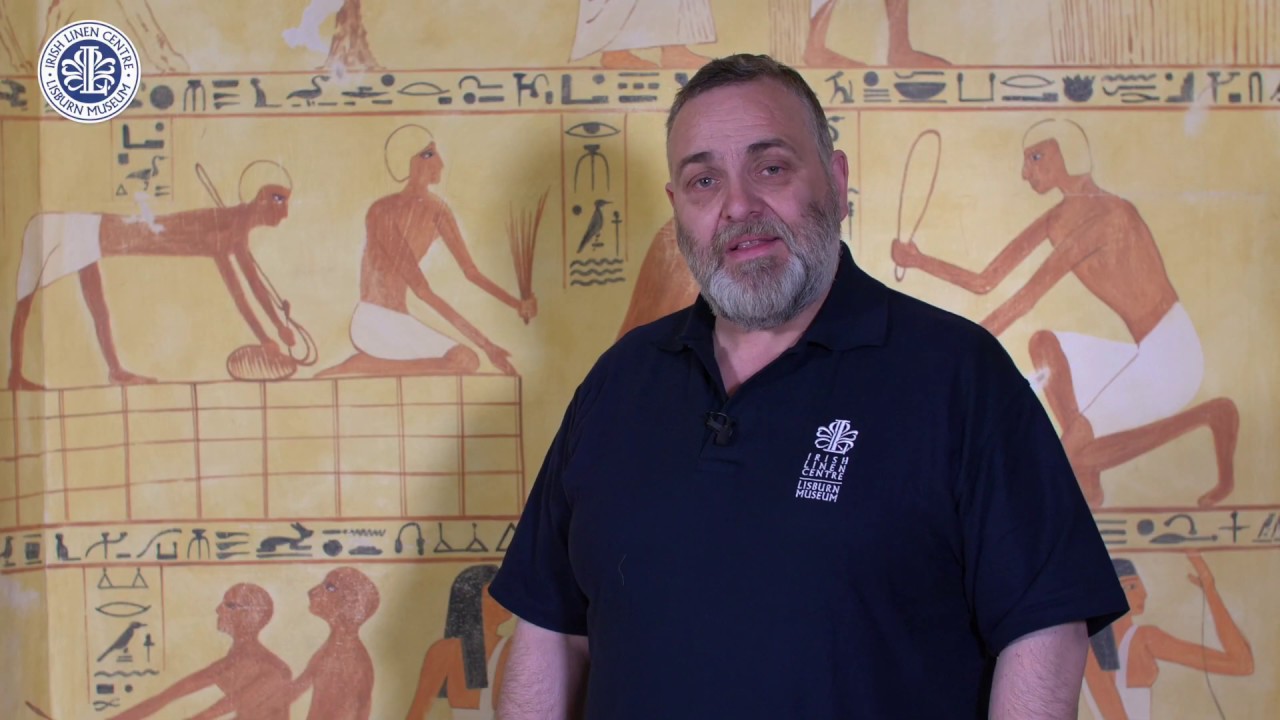Discover the captivating allure of Egyptian fabric, an ancient textile that weaves together history, luxury, and artistry. Exquisite in its craftsmanship, Egyptian fabric boasts a rich legacy dating back thousands of years, crafted by skilled artisans who have perfected their techniques over generations. Immerse yourself in the intricate patterns and vibrant colors that adorn this fabric, each design paying homage to Egypt’s remarkable cultural heritage. From the grandeur of the pharaohs to the mystique of the Nile, Egyptian fabric embodies the essence of a civilization steeped in opulence and elegance. Whether you are drawn to the sumptuous feel of the fabric against your skin or the story it tells through its motifs, this exceptional textile brings a touch of luxury and sophistication to any setting. Experience the allure of Egyptian fabric and embark on a journey that transcends time, connecting you to the ancient world while indulging your senses in unparalleled comfort and style.

Egyptian Fabric: A Rich Tapestry of Tradition and Craftsmanship
The Ancient Origins of Egyptian Fabric
Egyptian fabric has a long and illustrious history that dates back thousands of years. The ancient Egyptians were known for their mastery of textile production, and their fabrics were highly prized both within the kingdom and across the ancient world. The art of weaving was considered a sacred craft, and the fabrics produced were often used for religious ceremonies and royal attire.
One of the most famous Egyptian fabrics is linen, which was the preferred material for clothing in ancient Egypt. Linen was made from the fibers of the flax plant and was renowned for its durability and versatility. The production of linen involved a complex process that included harvesting the flax, retting, spinning, and weaving the fibers into cloth. The resulting fabric was lightweight, breathable, and perfect for the hot Egyptian climate.
The Symbolism and Significance of Egyptian Fabric
Egyptian fabric played a significant role in the religious and cultural life of ancient Egypt. The patterns and motifs used in the fabrics often had symbolic meanings and were associated with various deities and rituals. For example, the lotus flower was a common motif in Egyptian fabric and symbolized rebirth and regeneration. The use of certain colors, such as blue and green, was also deeply symbolic and represented the Nile and the fertility it brought to the land.
Moreover, hieroglyphics were sometimes woven into the fabric, adding an extra layer of meaning and significance. These intricate designs told stories and conveyed messages, making the fabric not only a functional item but also a form of artistic expression.
The Techniques and Tools of Egyptian Weaving
The ancient Egyptians utilized a variety of weaving techniques to create their exquisite fabrics. The most common technique was the tabby weave, which involved weaving the weft thread over and under the warp threads. This simple yet effective technique allowed for the creation of intricate patterns and designs.
Another technique used was the tapestry weave, which allowed for the weaving of complex pictorial designs. This technique involved interlacing different colored weft threads to create detailed pictures or scenes. The tapestry weave was often used for decorative wall hangings and ceremonial garments.
To aid in the weaving process, the ancient Egyptians used various tools, including looms and shuttles. The loom provided the framework for the weaving, while the shuttle held the weft thread and allowed for its easy insertion into the warp threads. These tools, although simple in design, were essential for the production of high-quality fabrics.
The Legacy of Egyptian Fabric Today
The tradition of weaving and textile production has survived in Egypt for thousands of years and continues to thrive to this day. Egyptian fabrics are still highly regarded for their quality and craftsmanship, and many traditional weaving techniques are still practiced by skilled artisans.
Modern Egyptian fabric incorporates both traditional designs and contemporary influences, creating a unique blend of ancient tradition and modern aesthetics. The fabrics are used for a wide range of purposes, from clothing and home furnishings to artworks and accessories.
Preserving the Art of Egyptian Fabric
Efforts are being made to preserve the art of Egyptian fabric and ensure its continuation for future generations. Organizations and initiatives have been established to support the local textile industry and provide training and resources to aspiring weavers.
Furthermore, initiatives promoting sustainable and ethical practices in textile production have gained momentum, helping to preserve the environment and the livelihoods of the artisans involved. By purchasing Egyptian fabric and supporting these initiatives, individuals can contribute to the preservation of this ancient craft.
In conclusion, Egyptian fabric is a testament to the rich cultural heritage and craftsmanship of ancient Egypt. Through intricate weaving techniques and symbolic designs, these fabrics have transcended time and continue to be cherished today. By preserving and promoting the art of Egyptian fabric, we can ensure that this rich tapestry of tradition and craftsmanship endures for generations to come.
“The Ancient Egyptian Linen: Unraveling the Threads of Early History”
Video Source : Irish Linen Centre & Lisburn Museum
Egyptian Fabric
Egyptian Fabric
| Fabric | Description | Historical Significance |
|---|---|---|
| Linen | Linen, derived from the flax plant, is one of the oldest known fabrics in Egypt. It is incredibly versatile, lightweight, and breathable, making it ideal for the hot climate. The ancient Egyptians used linen to create exquisite garments, beddings, and even burial shrouds. | Linen held great cultural and religious significance in ancient Egypt. It was associated with purity, light, and rebirth. Linen fabrics were used in mummification rituals, symbolizing the transformation from death to eternal life. The intricate linen garments worn by the pharaohs represented their divine status and power. |
| Wool | Wool was also widely used in ancient Egypt, primarily sourced from sheep. It provided warmth during the cooler months and was commonly used to make outer garments, blankets, and rugs. Egyptian wool was known for its exceptional quality and durability. | Wool played an essential role in the economy of ancient Egypt. The production and trade of wool were highly regulated, and it served as a valuable commodity. The pharaohs often wore luxurious woolen garments adorned with gold and gemstones to display their wealth and authority. |
| Silk | Silk, although not native to Egypt, was introduced during the Hellenistic period. It quickly became a symbol of luxury and prestige. Egyptian silk was renowned for its fine texture and intricate designs, often featuring vibrant colors and elaborate patterns. | The production of silk in Egypt was a closely guarded secret, known only to a select few. Silk fabrics were highly sought after and used to create exquisite garments for the elite. Egyptian silk became a valuable export, enhancing the country’s economic prosperity. |
| Cotton | Cotton, indigenous to Egypt, has been cultivated for thousands of years. Egyptian cotton is celebrated globally for its superior quality, softness, and long fibers. It is used in the creation of various textiles, including luxurious bed sheets, towels, and clothing. | Egyptian cotton holds a prominent place in the textile industry due to its exceptional properties. The climate and fertile soil of the Nile Delta contribute to the cotton’s unique characteristics. Egyptian cotton products are highly regarded for their durability, comfort, and ability to absorb moisture. |
This table provides a glimpse into the fascinating world of Egyptian fabric. From the ancient use of linen in religious rituals to the introduction of luxury silk, these fabrics have played a significant role in Egyptian culture and history. The exceptional craftsmanship and attention to detail demonstrated in these textiles continue to inspire awe and admiration.

